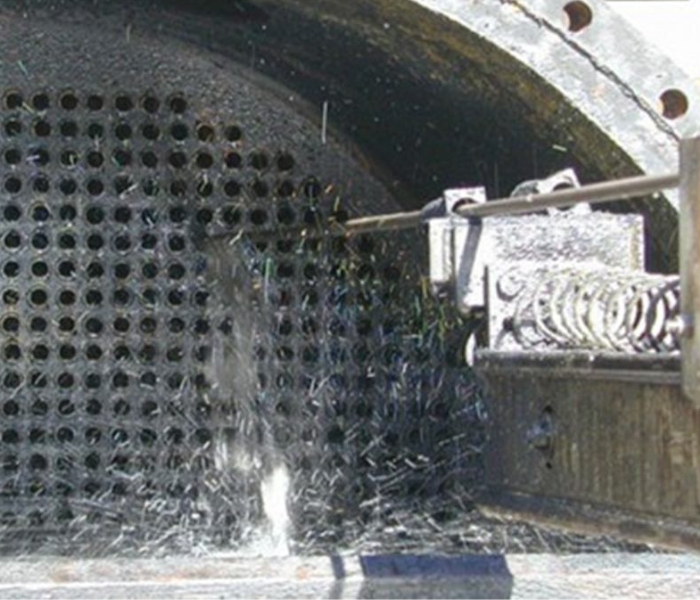Energy efficiency increases three-fold
As a company which has built its considerable reputation on innovation, TubeTech™ is constantly reviewing fouling removal methods. When new processes and practices are refined at TubeTech™, they are recommended to client companies for future implementation. This was the case with the restoration of two crude oil heat exchangers at an oil refinery in Essex, U.K.

